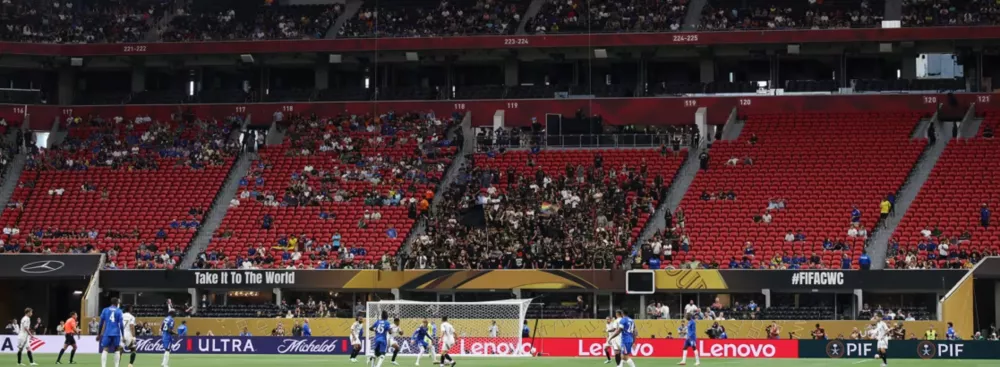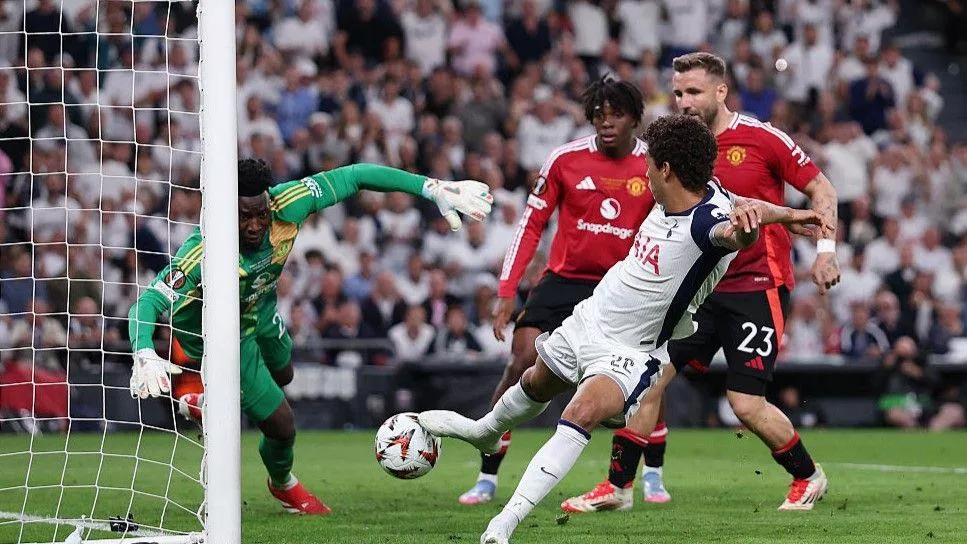Why Are Soccer Stadiums Empty for Club World Cup Games in the U.S.?
The FIFA Club World Cup, featuring some of the top teams from across the globe, is struggling to draw crowds in the United States. Despite the growing popularity of soccer in the country, many stadiums are noticeably empty during these matches. This disconnect raises concerns for organizers, especially with the 2026 FIFA World Cup on the horizon.
1. Lack of Awareness and Marketing
One major issue is the lack of effective marketing. Many casual soccer fans in the U.S. are simply unaware that the Club World Cup is taking place. Unlike major European leagues or the World Cup, the Club World Cup doesn’t benefit from mainstream media coverage or advertising campaigns in the U.S. This leads to a general lack of awareness and engagement.
2. Disconnect with Local Fanbases
American soccer fans are more likely to support local Major League Soccer (MLS) teams or top European clubs. When international clubs that aren’t well-known in the U.S. participate in the tournament, it’s difficult to generate excitement. Without a strong local or emotional connection, fans are less motivated to attend.
3. Ticket Pricing and Accessibility
High ticket prices for unfamiliar teams can discourage attendance. When fans don’t feel invested in the clubs playing, they’re unlikely to pay premium prices. Additionally, scheduling midweek games during work hours or school nights creates logistical challenges for families and working professionals.
4. Competition with Other Sports
The U.S. sports calendar is packed with major events, especially during the summer. The Club World Cup often competes with baseball, NBA Finals, or even the NFL preseason. Without a unique hook or local narrative, it gets drowned out in a saturated sports market.
What Needs to Be Done
- Invest in Awareness: Clubs and organizers must work with local broadcasters, influencers, and social media platforms to create buzz months in advance.
- Involve MLS Clubs: Tying in local MLS stars or holding parallel events with local clubs could boost attendance and engagement.
- Lower Ticket Barriers: Offer discounted family packages, student deals, and community group promotions to fill seats.
- Engage Local Communities: Host fan fests, open training sessions, and meet-and-greet events to build excitement.
- Strategic Scheduling: Avoid conflicting with major local sports events and schedule matches on weekends or evenings.
Conclusion
The U.S. has enormous potential as a soccer market, but organizers must tailor the Club World Cup experience to American fans. By prioritizing awareness, accessibility, and community engagement, the tournament can turn empty seats into passionate crowds ahead of the global spotlight in 2026.






